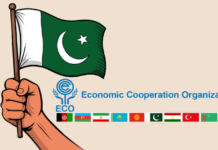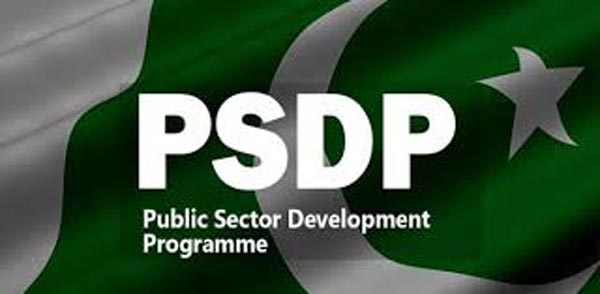ISLAMABAD: The government has decided to phase the Public Sector Development Programme (PSDP) over three years to prioritize high-impact projects and align with the International Monetary Fund (IMF) requirements.
This step is part of a broader strategy to address the Rs9 trillion development portfolio under the $7 billion Extended Fund Facility.
Dawn reported, citing sources, that a meeting, chaired by Planning Minister Ahsan Iqbal, focused on streamlining the PSDP, which, without intervention, would take over 14 years to complete at the current pace. The meeting emphasized aligning with IMF-mandated conditions, initiating a one-time review of approved projects to prioritize those that can be completed within a reasonable timeframe.
The government plans to switch from half-yearly to quarterly reviews of PSDP progress and introduce a new strategy for selecting projects in the next fiscal year that align with current priorities. Under the IMF programme, the government must report on the outcomes of PSDP reviews.
It was disclosed that the current PSDP comprises 1,071 projects, but only 105 are near completion with 80% or higher physical progress. These projects have been allocated Rs37 billion for the year. The portfolio also includes 85 foreign-funded projects worth Rs260 billion.
Ministries and agencies estimated that Rs2.053 trillion was needed for this year’s PSDP. However, only Rs1.4 trillion was allocated, which was later reduced to Rs1.1 trillion to meet IMF demands. The requirement for the next fiscal year (2025-26) stands at Rs2.1 trillion, while for fiscal year 2027, it is projected at Rs1.5 trillion.
The pace of spending has been notably slow. In the first five months of this fiscal year, only nine ministries utilized 11% to 18% of their funds, while six others spent slightly over 5%. Alarmingly, 27 ministries spent less than 5%, with 10 recording zero expenditure.
By November 20, PSDP utilization was just Rs92 billion, 8% of the revised allocation of Rs1.1 trillion. This figure is significantly lower than last year’s Rs117 billion utilization, which was 13% of the Rs940 billion annual allocation.
The Planning Commission, under the IMF programme, has set criteria to prioritize future projects. All proposed projects must demonstrate robust economic and financial rationale to address balance of payments challenges and reduce financial burdens.
The IMF has also set a structural benchmark for January 2025, requiring the government to publish criteria for project selection and cap the size of new projects entering the PSDP. The IMF stressed the need for serious public financial management reforms to enhance transparency and fiscal discipline.
Finance Minister Ahsan Iqbal highlighted that measures such as a one-time review of ongoing PSDP projects and integrating the costs of new projects into decision-making would help streamline development efforts. The IMF emphasized the importance of regular reviews, suggesting quarterly reports to compare budget projections with actual implementation to ensure effective resource utilization.
























